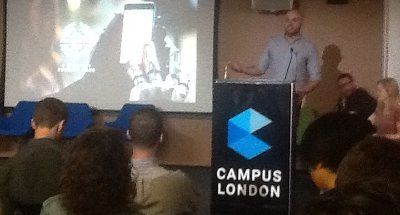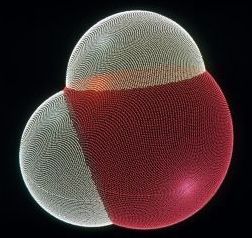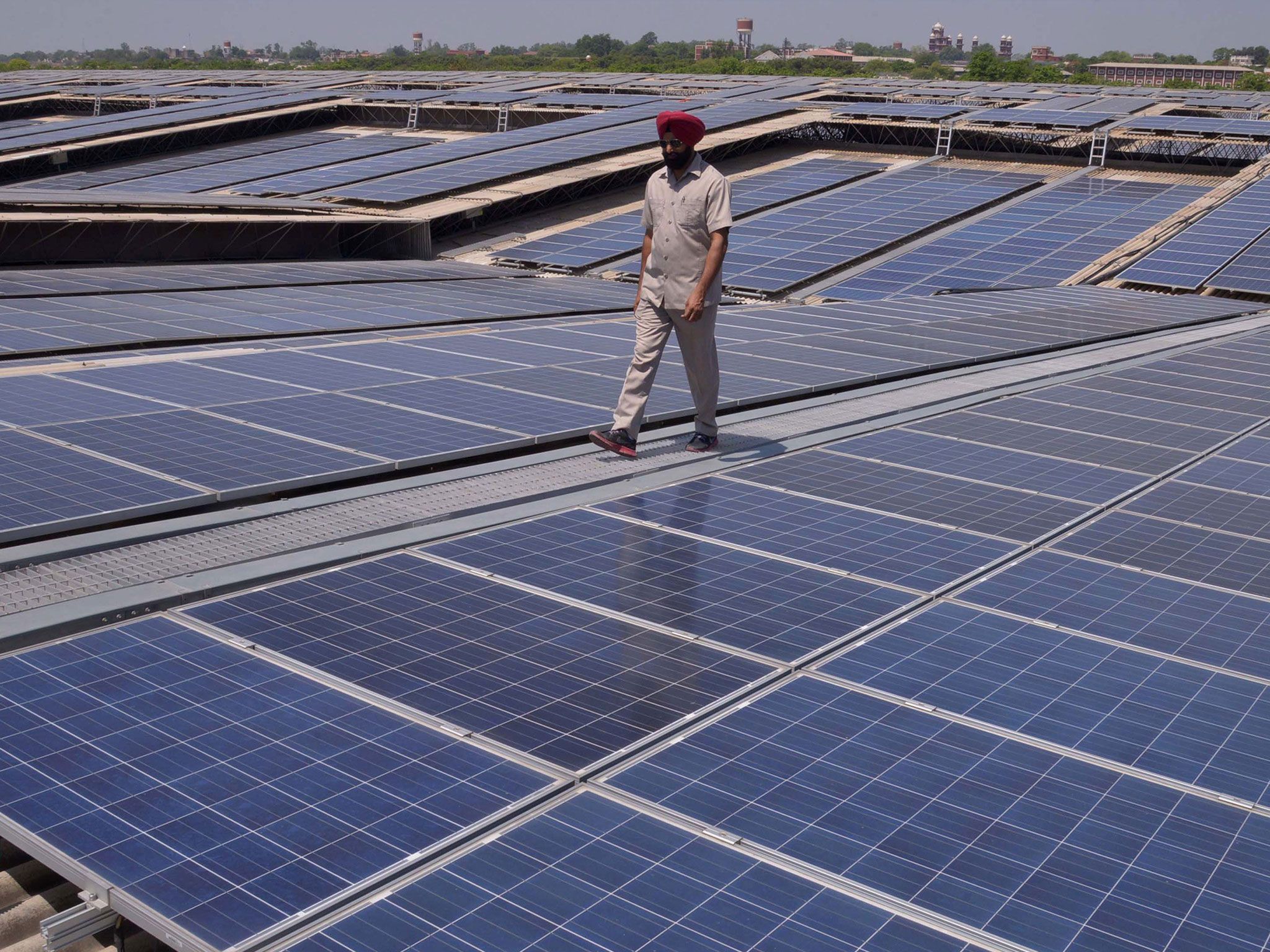The U.S. Air Force Research Laboratories and Lockheed Martin have demonstrated a mixed formation of manned and unmanned F-16s in a simulated combat environment.
The Have Raider demonstration at Edwards Air Force Base in California included two phases, Lockheed announced on April 10, 2017. The first phase, Have Raider I, focused on formation-flying. Have Raider II sent the pilotless F-16 on a mock bombing run through “dynamic” enemy defenses.
“This demonstration is an important milestone in AFRL’s maturation of technologies needed to integrate manned and unmanned aircraft in a strike package,” Capt. Andrew Petry, an AFRL engineer, said in a Lockheed press release.









